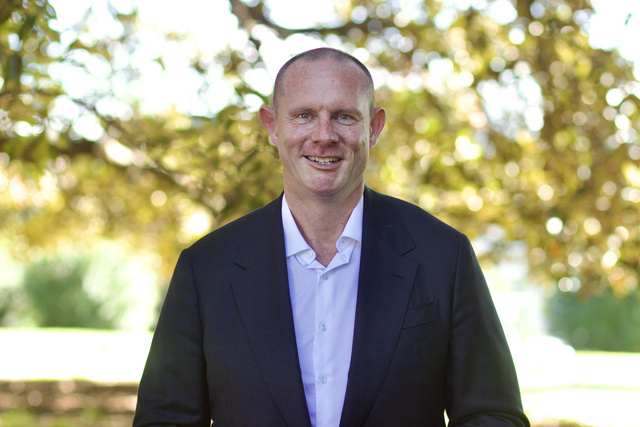The City of Burnside in South Australia has dramatically increased community engagement and input on its asset management.
Community input into the development of Asset Management Plans (AMPs) has traditionally been low in local government.
However, given the importance of these plans, obtaining community input to inform and verify their content is incredibly valuable.
From a legislative perspective, there is a requirement to give the opportunity for the community to input to the development of these plans.
However, it is possible for councils to meet this legislative requirement with little effort, and with little community feedback as a result.
A desktop review in 2017 of several South Australian councils indicated that less than 10 pieces of community feedback in relation to AMPs is common, and often no valid feedback is received at all.
When the City of Burnside updated its AMPs in 2013, the community engagement approach was reflective of meeting minimum legislative requirements, and a traditional approach was taken to development of the plans whereby they were developed by, and primarily for, internal staff. This approach resulted in four pieces of community feedback.
When the City of Burnside renewed its AMPs in 2016, staff members were keen to improve the level of community input.
To drive this agenda, focus was given to two key areas; the format and content of the plans, and the community engagement techniques employed.
In order to make the technical content of the plans easier to comprehend, much of the information was translated into graphics.
A ‘frequently asked questions’ section was added, and terminology was simplified.
Service levels were amended to include both technical and community based targets.
Targets for service levels were developed using real performance data as a benchmark, as well as community feedback, which had been obtained via various mechanisms including the organisation’s customer request system and annual community survey.
As part of the engagement process, a survey was developed which sought feedback in relation to the community’s perception of each of the organisation’s key asset classes, and engagement techniques leveraged a number of existing communication channels.
As a result of these changes, Council obtained a more than 20,000 per cent increase in community feedback. This feedback allowed council to verify its proposed service levels and long term financials, as well as providing insight into perceptions of the community.
The City of Burnside will be presenting on this topic at the upcoming International Public Works Conference being held in Perth in August this year.







